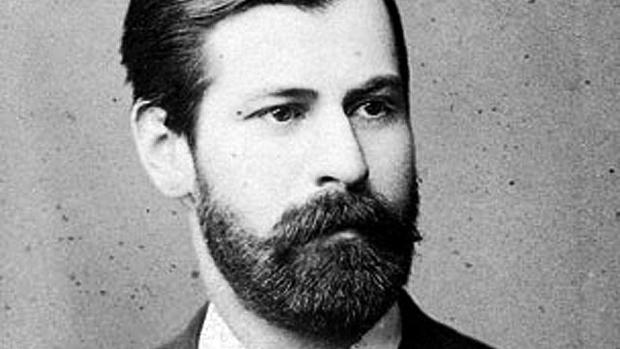Molecule may be able to block cocaine addiction
Scientists say they have identified a compound that may be able to help cocaine addicts overcome their addiction.
The molecule, called CGP3466B, has been shown in a new study to stop cocaine-addicted mice from wanting the drug.
"It was remarkably serendipitous that when we learned which brain pathway cocaine acts on, we already knew of a compound, CGP3466B, that blocks that specific pathway," Dr. Solomon Snyder, a professor of neuroscience in the Institute for Basic Biomedical Sciences at the Johns Hopkins University School of Medicine , said in a press release. "Not only did CGP3466B help confirm the details of cocaine's action, but it also may become the first drug approved to treat cocaine addiction."
Cocaine use has been falling in the United States in recent years. A 2011 government survey foundthat there was an estimated 1.4 million current cocaine aged 12 or older in the U.S., down 44 percent from 2006 rates.
Cocaine works by stimulating the neurotransmitter dopamine in the brain, which is a chemical messenger involved in controlling pleasure and movement. Usually dopamine is released by neurons -- or nerve cells -- when a "reward" or something good is sensed. Then dopamine is reabsorbed into the cell. Cocaine prevents dopamine from being recycled into the cell, which increases the amount of dopamine and disrupts the brain's usual communication process.
Snyder discovered two decades ago that nitric oxide (NO) interacts with our brain's signaling processes that control how our neurons work with each other. For this study, researchers specifically looked at the interaction between NO and a protein that regulates how cells store and use sugars called GAPDH.
Tests revealed that when cocaine is involved, GAPDH reacts with NO, allowing GAPDH to go into the cell's nucleus. When low cocaine doses were in the system, the amount of cocaine that GAPDH brought in simply stimulated the nucleus, but when high doses were around, it caused cell death.
CGP3466B was shown to work with GAPDH specifically. Previous research by Novartis had stated that CGP3466B could protect neurons by preventing programmed cell death, otherwise known as apoptosis. Synder believed that CGP3466B worked by stopping GAPDH from entering the cell, therefore blocking cocaine's effects on the brain.
CGP3466B had been tested on patients with Parkinson's disease and amyotrophic lateral sclerosis (ALS), and had no serious side effects. However, it wasn't a successful treatment for either of those diseases.
Researchers next tested the theory out on mice. Mice were given the choice of two rooms, one of which dispersed cocaine occasionally. When the mice ended up spending all their time in the cocaine room, the scientists knew they were addicted. Then, the scientists introduced CGP3466B into their systems. The mice started spending equal time in both rooms, suggesting they were no longer addicted to cocaine.
"What's exciting is that this drug works at very low doses, and it also appears only to affect this specific pathway, making it unlikely to have unwanted side effects," Dr. Risheng Xu, a PhD student at the Institute for Basic Biomedical Sciences at the Johns Hopkins University School of Medicine, said in a press release. "We also know from Novartis' early stage clinical trials that the drug exhibits few documented side effects in people."
The research was published online on May 22 in Neuron.
In April, a study in Nature also found a potential antidote for cocaine addiction -- with the help of lasers.
The study found that genetically engineering neurons in rats' brains to be light
sensitive, and then turning the neurons on by shining lasers at the rats,
was able to stop the addicted animals' cravings.

